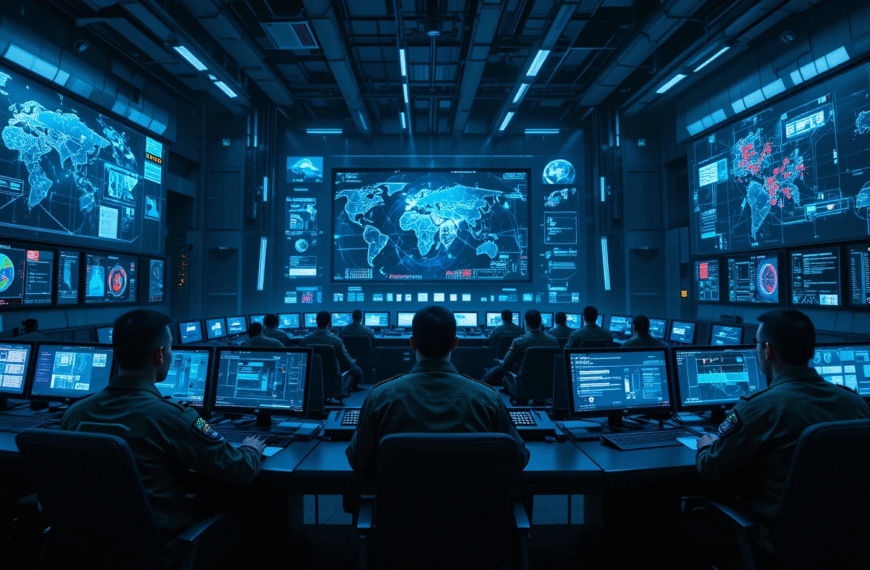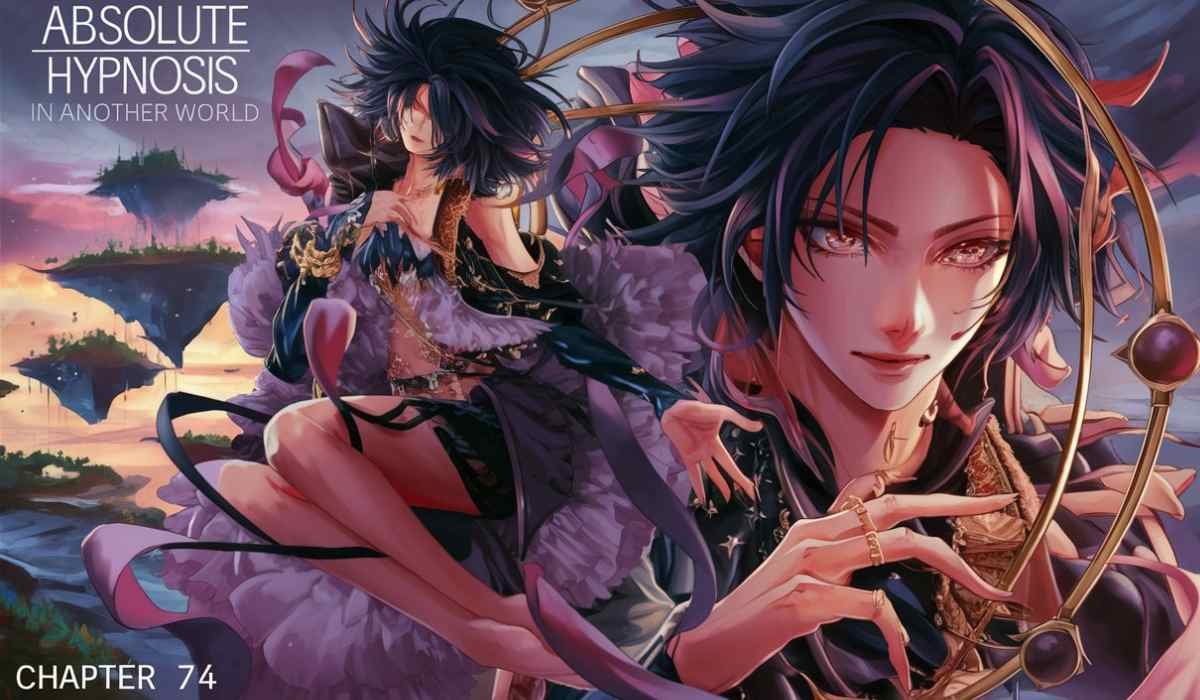The galaxy far, far away is known for the existence of Jedi, who are committed to bringing peace, and the Sith, who desire to rule and oppress people. Fans are well aware of The Galactic Empire, the most notorious powers in science fiction. Although its overwhelming power is shown in the films and series, the novels dive deeper into the dark aspects of the Empire and highlight all of its repressive methods.
From Galactic Republic to Galactic Empire
The change from the Galactic Republic to the Galactic Empire is among the most crucial events in Star Wars history. Books such as Catalyst: A Rogue One Novel and Tarkin illuminate the schemes of Emperor Palpatine and his supporters, revealing how the foundations of dictatorship were established.
- Catalyst: A Novel of Rogue One
This book explores the beginnings of the Empire, centered on the Death Star initiative. From the perspective of Galen Erso, an exceptional scientist coerced into developing a weapon of mass destruction, we observe how the Empire concealed its malevolent intentions behind assurances of advancement and safety. The narrative unveils the ethical decay central to the Empire’s ascent and the destruction it caused to individual lives.
- Tarkin
James Luceno’s Tarkin explores the background of Wilhuff Tarkin, a leading enforcer of the Empire known for his ruthlessness. From his viewpoint, readers grasp how the Empire employed fear and loyalty to exert control. Tarkin’s steadfast conviction in maintaining order regardless of consequences demonstrates the ruthless, strategic essence of Imperial rule.
Weapons of Fear: The Death Star and Beyond
The Empire’s use of fear as a weapon is central to its dominance, with the Death Star serving as its ultimate tool of terror. Novels such as Death Star and Lords of the Sith explore this theme in chilling detail.
- Death Star
This novel presents a distinct viewpoint by detailing the experiences of individuals involved in the superweapon project, including engineers and stormtroopers. It demonstrates how the Empire took advantage of regular people, ensnaring them in its path of devastation under the pretense of obligation.
- Lords of the Sith
Paul S. Kemp’s book focuses on Emperor Palpatine and Darth Vader, offering a close examination of the bond shared by master and apprentice. Their brutal task on Ryloth illustrates the Empire’s unyielding quest for control and the price of exercising power without empathy.
The Empire’s Influence on the Galaxy: Tyranny and Uprising
The novels not only concentrate on the leaders of the Empire but also examine the destructive impacts on the residents of the galaxy. Novels such as Lost Stars and Inferno Squad emphasize how the Empire’s brutality triggered insurrection.
- Lost Stars
Claudia Gray’s Lost Stars tells the tale of two friends from childhood who end up on opposing sides of the struggle. Thane Kyrell grows frustrated with the Empire’s repressive measures, while Ciena Ree stays faithful even as her uncertainties increase. Their tale underscores the ethical intricacies encountered by people ensnared in the midst of interstellar conflict.
- Inferno Squad
This book offers a distinctive viewpoint by tracking a select group of Imperial agents assigned to eradicate Rebel groups. It unveils the personal conflicts of individuals serving the Empire, questioning the idea of total evil and revealing the human toll of devotion to a corrupt system.
The Legacy of Oppression: Post-Empire Reflections
Even after the Empire collapsed, its influence continued casting a long shadow across the galaxy. Books such as Aftermath and Bloodline explore the traces of imperial authority and its lasting impact on galaxy-wide politics.
- Aftermath Trilogy
Chuck Wendig’s trilogy examines the power void created by the Emperor’s demise, detailing the ascent of warlords and the New Republic’s efforts to bring stability to the galaxy. It shows how the Empire’s beliefs endured, laying the groundwork for the First Order.
- Bloodline
Taking place decades after the Empire’s collapse, this novel revolves around Leia Organa as she discovers the return of Imperial loyalists. The book highlights the profound impact of the Empire’s legacy on the galaxy, influencing the political environment and the struggle for liberty.
The Human Side of the Empire
One of the most intriguing features of Star Wars novels is their capacity to portray the humanity of those who served the Empire. Tales such as Thrawn and Catalyst explore the experiences of people within the Imperial system, illustrating that not everyone who served was fundamentally malevolent.
- Thrawn Trilogy
Timothy Zahn’s depiction of Grand Admiral Thrawn illustrates an Imperial officer motivated by strategy and intellect instead of malevolence. Thrawn’s allegiance to the Empire arises from his wish to safeguard his people, showcasing a multifaceted character maneuvering through the unclear realms of ethics.
The Philosophical Exploration of Evil
Star Wars books additionally delve into the philosophical elements of the Empire’s evil. Through figures such as Darth Vader and Emperor Palpatine, these narratives explore themes of ambition, corruption, and the temptation of power.
- Darth Vader: Dark Lord of the Sith
This series explores Vader’s inner struggle wielding his red lightsaber, revealing the impact of his loyalty to the Emperor. It illustrates a chilling image of a man ensnared by his decisions, representing the sorrow of the hidden side.
Conclusion: A Deeper Understanding of the Empire
Through novels, Star Wars provides a richer insight into the Galactic Empire’s sinister aspects, presenting complex representations of its leaders, soldiers, and victims. These narratives expose the toll of oppression and the persistent struggle for liberty, enhancing the Star Wars universe and encouraging readers to contemplate the intricacies of authority and defiance.
For enthusiasts enthusiastic to immerse themselves in these stories, delving into Star Wars novels feels similar to activating your personal lightsaber—a voyage into a universe brimming with heroes, antagonists, and the timeless battle between light and darkness.









